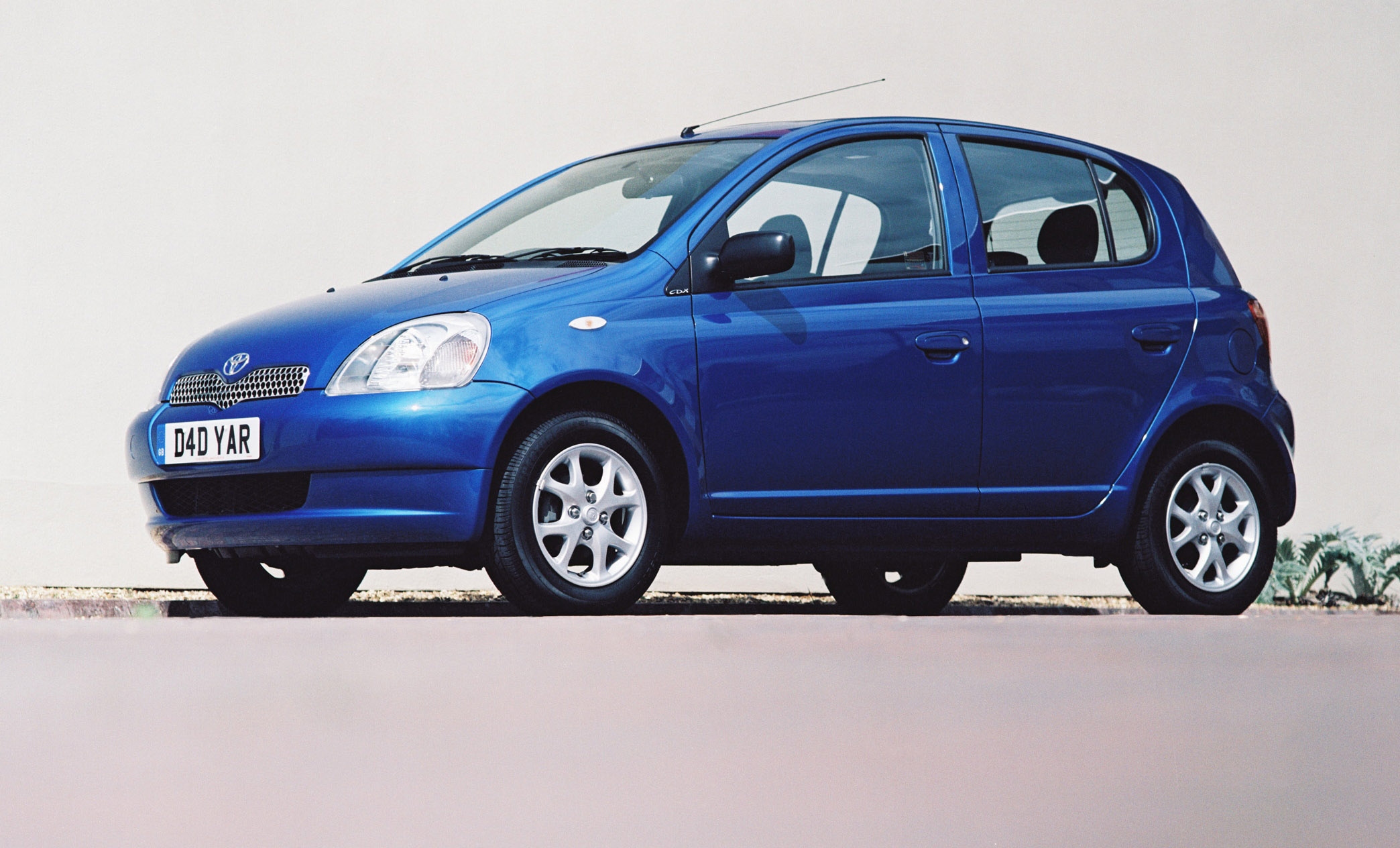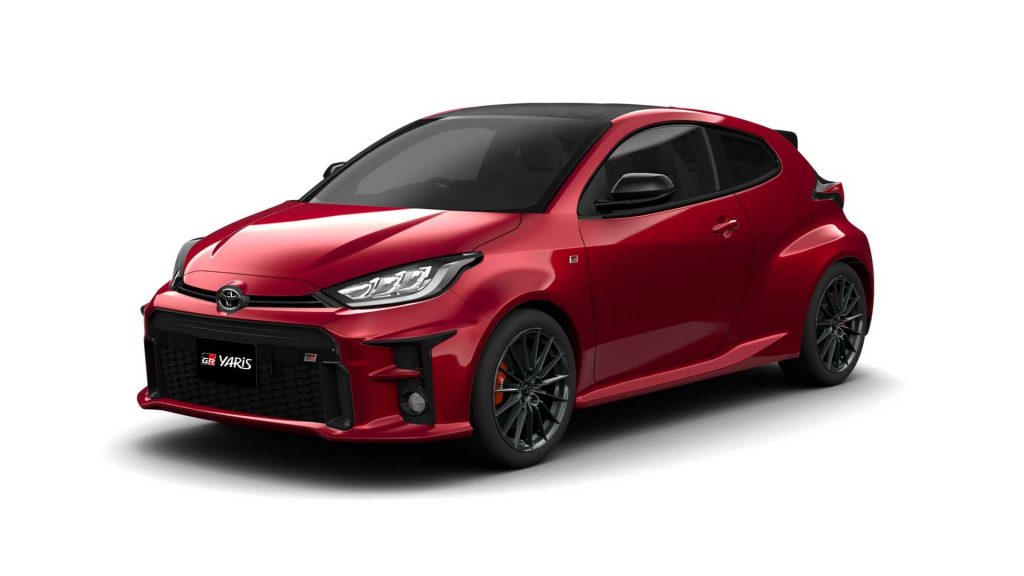Toyota Yaris evolution and specs
The Toyota Yaris evolution
First Generation (1999–2005)
The Toyota Yaris was introduced as the Toyota Vitz in
Japan, but in other markets, it was branded as the Yaris. It was designed as a
small, compact city car, offering efficiency and affordability.
Key Features and Specs:
Engine Options:
1.0L 3-cylinder
1.3L 4-cylinder (in some markets)
Power Output:
1.0L engine: 63 hp
1.3L engine: 84 hp
Transmission: 5-speed manual, 4-speed automatic
Fuel Economy: Approx. 40-45 mpg (depending on market
and engine)
Dimensions:
Length: 3,585 mm (141.1 inches)
Width: 1,660 mm (65.4 inches)
Height: 1,520 mm (59.8 inches)
Key Features:
Compact design focused on city driving
5-door hatchback and sedan versions (depending on
market)
Improved safety features for its time, like airbags
and ABS
Spacious interior considering its size
Second Generation (2005–2013)
The second generation of the Yaris featured
significant updates in styling, performance, and interior comfort. This
generation continued to emphasize efficiency but also expanded to offer a wider
range of features.
Key Features and Specs:
Engine Options:
1.0L 3-cylinder
1.3L 4-cylinder
1.5L 4-cylinder (in some regions)
Power Output:
1.3L engine: 87 hp
1.5L engine: 106 hp
Transmission: 5-speed manual, 4-speed automatic,
6-speed automatic (depending on region)
Fuel Economy: Approx. 35-45 mpg
Dimensions:
Length: 3,885 mm (152.0 inches)
Width: 1,695 mm (66.7 inches)
Height: 1,530 mm (60.2 inches)
Key Features:
More stylish and modern design
Introduction of a sedan variant alongside the
hatchback
Enhanced interior space and quality materials
Safety features like side airbags, stability control
(on higher trims)
Bluetooth, upgraded audio systems in higher trims
Third Generation (2013–2020)
The third generation marked a more dynamic approach to design and efficiency, with a notable focus on technology and hybrid options. It also marked a shift toward more premium features in the compact car segment.
Key Features and Specs:
Engine Options:
1.0L 3-cylinder
1.3L 4-cylinder
1.5L 4-cylinder (including hybrid models)
Power Output:
1.3L engine: 99 hp
1.5L engine: 106 hp
Hybrid (1.5L with electric motor): 101 hp combined
Transmission: 5-speed manual, CVT (for hybrid models)
Fuel Economy:
Gasoline engines: Approx. 38-45 mpg
Hybrid: 50-55 mpg
Dimensions:
Length: 3,885 mm (152.0 inches)
Width: 1,695 mm (66.7 inches)
Height: 1,500 mm (59.1 inches)
Key Features:
Significant upgrades in design, with sharper, more
aggressive styling
Introduction of Toyota's Hybrid Synergy Drive in the
Yaris Hybrid
Enhanced interior with a more modern dashboard layout
Improved handling and ride quality, with more precise
steering
Safety features: Toyota Safety Sense (adaptive cruise
control, lane departure alert, pre-collision system)
Infotainment options like a 7-inch touchscreen and
smartphone connectivity (Apple CarPlay and Android Auto in later trims)
Fourth Generation (2020–Present)
Key Features and Specs:
Engine Options:
1.5L 3-cylinder (gasoline)
1.5L Hybrid (gasoline-electric hybrid)
Power Output:
1.5L gasoline: 120 hp
1.5L Hybrid: 116 hp combined
Transmission: CVT for hybrid, 6-speed manual or CVT
for gasoline engines
Fuel Economy:
Gasoline engine: 40-45 mpg (depending on variant)
Hybrid: 55-58 mpg (combined)
Dimensions:
Length: 3,945 mm (155.4 inches)
Width: 1,745 mm (68.7 inches)
Height: 1,475 mm (58.1 inches)
Key Features:
Modern, sharp styling with a more aggressive front end
Use of the TNGA platform for improved ride quality,
handling, and safety
Toyota Safety Sense 2.0 as standard (adaptive cruise
control, pre-collision system, lane-keep assist)
Infotainment: 7- to 8-inch touchscreen, Apple CarPlay,
Android Auto
Enhanced cabin space and comfort, with premium
materials in higher trims
More advanced hybrid technology, with improved fuel
economy and lower emissions
Toyota GR Yaris (2020–Present)
The GR Yaris is a high-performance, rally-inspired
version of the Yaris, developed by Toyota's Gazoo Racing division. It is
designed for driving enthusiasts, with a focus on agility, performance, and
driving pleasure.
Engine:
1.6L Turbocharged Inline-3
Power Output: 261 hp (195 kW)
Torque: 273 lb-ft
Transmission: 6-speed manual
Drivetrain: All-Wheel Drive (AWD)
Fuel Economy: 22-24 mpg (combined)
Dimensions:
Length: 3,995 mm (157.3 inches)
Width: 1,795 mm (70.7 inches)
Height: 1,460 mm (57.5 inches)
Key Features:
Rally-inspired design with lightweight construction
Dynamic torque control AWD system for enhanced driving
dynamics
High-performance suspension, brakes, and handling
characteristics
0-60 mph in around 5.5 seconds
Aggressive styling with wider stance and functional
aerodynamic elements
Advanced tech like the 8-inch touchscreen with
smartphone connectivity
Toyota Safety Sense features as standard
Summary of Key Evolution:
First Generation (1999–2005): Compact, affordable, and
simple, with a focus on efficiency for city driving.
Second Generation (2005–2013): More dynamic design and
interior space, with options for sedans and hatchbacks.
Third Generation (2013–2020): More modern, with hybrid
options and advanced tech; better handling and interior quality.
Fourth Generation (2020–Present): Refined design and
enhanced efficiency, including new hybrid systems and a more dynamic driving
experience.
GR Yaris (2020–Present): A high-performance,
rally-inspired model designed for enthusiasts, with powerful turbocharged
performance and advanced AWD system.
The Yaris has evolved significantly over the years,
offering a wide range of variants from economical city cars to performance
models, while continuously advancing in terms of technology, design, and
eco-friendliness.


Σχόλια
Δημοσίευση σχολίου